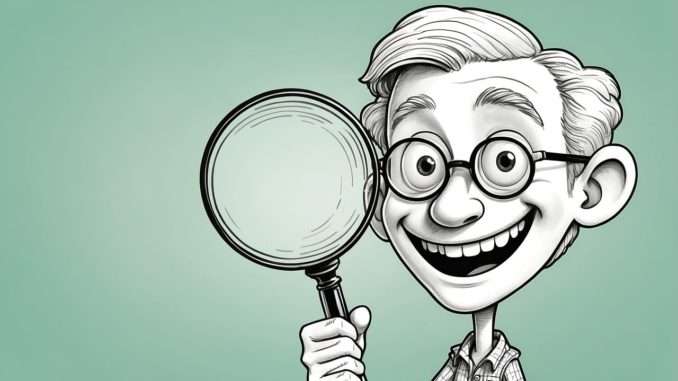
PLEASE NOTE: Mobilized is apolitical. We do not endorse any political party or candidate. However, in these divisive times, we recognize that open discussion is necessary for the resolution of divergent opinions. Consequently, we have added a new section called FORUMS that will host important OPINIONS posted my Mobilized Members. These are the opinions of the members alone and do not represent Mobilized News.
Story by Michael Caporale
Faith gives life purpose and imbues it with meaning. It motivates us toward fulfilling a goal. Faith is the source of all human energy and like all sources of energy comes at a cost, simply just to maintain it.
To maintain the foundation of our energy, faith, it’s necessary to believe that faith, in any realm, is based on the truth. That which is untrue should never be used as a basis of faith. To believe in a falsehood is to hasten demise, to deny our existence and all that is good.
So, what is truth?
Truth is a philosophical paradox as old as time. Recorded history tells of the Greek philosopher, Diogenes best known for holding a lantern to the faces of the citizens of Athens as he was searching for an honest man. He rejected the concept of “manners” as a lie and rigidly advocated complete truthfulness at all times, and under any circumstance.
The problem with this approach is that even an honest man can tell the truth and yet be mistakenly non-factual. Truth is a chameleon that seems to change with its environment, but honesty cannot. Honesty is absolute.
Let us not confuse honesty with truth.
So, just how can we know the truth? How can we recognize it, if truth is not absolute? What is the measure of truth?
Is perceptual reality, however limited in it may be, the source of truth or is it just a confirmation of one’s faith? Must truth be validated as if in a court of law? Two people disagree about the truth. One is right and one is wrong… but what is the truth? Can truth really be adjudicated and affirmed or is it still just a matter of point of view, perspective?
Better yet, we must ask ourselves, “What is reality?” Is perception reality or not?
Perhaps truth only exists in consciousness. In sleep, our conscious mind is released from perceptual ties and our unconscious mind is free to reveal the truth of our individual reality, our fears, our joys, our wishes for a better life. Dreams cannot be untrue. They are not grounded in physical reality. They are self-defining, self-validating. They are no more and no less than what they purport to be. But perceptual reality is something quite different.
I am a photographer and a painter, and I am used to making critical color decisions making my art. But I am also aware that each of my eyes sees color differently. My left eye has less contrast and sees a bluer, more daylight color temperature, than my right eye, which has deeper contrast and is overall warmer. So which eye sees correctly? AND… do I see color the same as you? Probably not, but I have learned that when I have both eyes open, each balances the other, and my conscious reality becomes a blend of two different perceptual realities, those of two different eyes, that causes me to have faith that I am seeing color truthfully. Perhaps this is how we should pursue the truth societally.